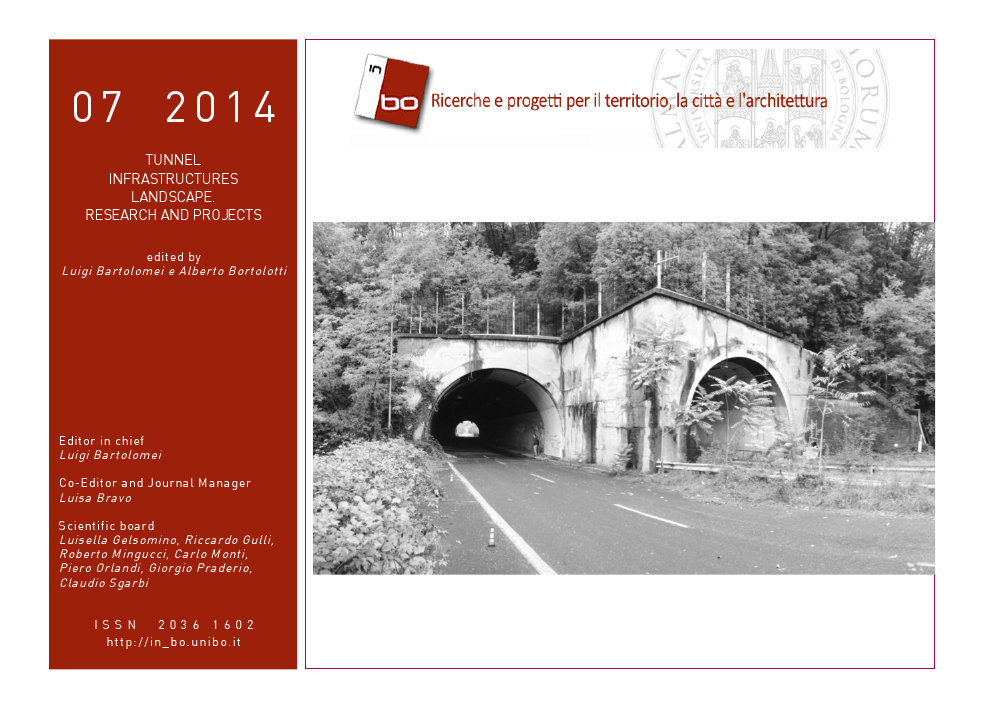Perception of the Transition Zones from Urban to Suburban Area Using Mobile Eye
DOI:
https://doi.org/10.6092/issn.2036-1602/5056Keywords:
eye-tracking, transition zones, traffic calming, workloadAbstract
Road users adjust their driving behavior based on the perception of the route and the surrounding environment. The eye-tracking technology allows interpreting the driver behavior, analyzing aspects otherwise not considered in the design stage. This technology has been used for transition zone analysis at town entrances along the SP 610 “Selice Montanara”, to verify the efficiency of gateway created to reduce the input speed in urban areas. Results show that the installation of traffic calming measures at transition zones leads to a change of the environment perception by drivers, and consequently safety increase.References
Hulse, Melissa C., Dingus, Thomas A., Fischer, Terence & Wierwille, Walter W. (1989), “The influence of roadway parameters on driver perception of attentional demand, Advances” in Industrial Ergonomics and Safety 1, 451-456.
Messer, Carroll J. (2010), “Methodology for evaluating geometric design consistency”, in Transportation Research Record, vol.757, USA.
Transportation Research Board (2012), NCHRP Report 600 – Human Factors Guidelines for Road Systems, Second Edition, USA.
Transportation Research Board (2012), NCHRP Report 737 – Design Guidance for High-Speed to Low-Speed Transition Zones for Rural Highways, USA.
Wooldridge, Mark D. (1994), Design Consistency and Driver Error, Transportation Research Record, USA.
Downloads
Published
How to Cite
Issue
Section
License
Copyright (c) 2014 Paolo Magris, Riccardo Lamperti, Claudio Lantieri
Copyrights and publishing rights of all the texts on this journal belong to the respective authors without restrictions.
This journal is licensed under a Creative Commons Attribution-NonCommercial 4.0 International License (full legal code).
See also our Open Access Policy.
Metadata
All the metadata of the published material is released in the public domain and may be used by anyone free of charge. This includes references.
Metadata — including references — may be re-used in any medium without prior permission for both not-for-profit and for-profit purposes. We kindly ask users to provide a link to the original metadata record.







